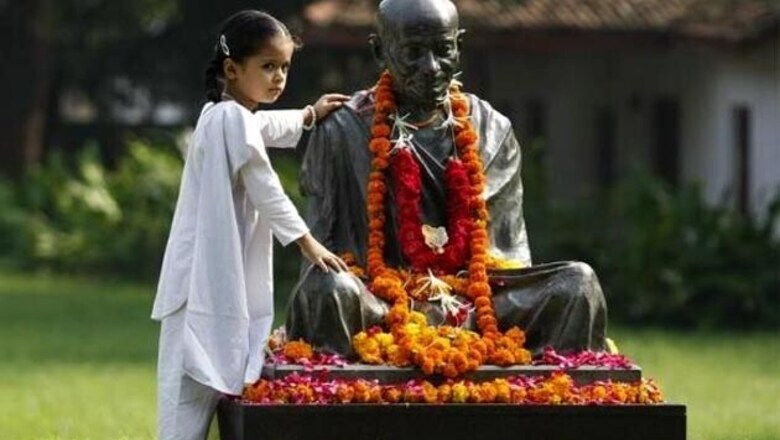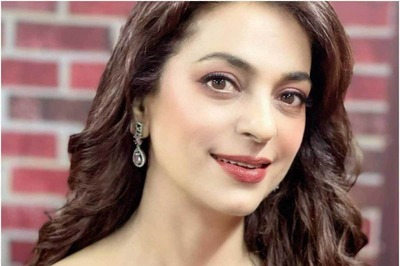
views
Houston: A hollowed-out handgun becomes a first-aid kit for gunshot victims. Fragments from the feet of Buddha statues stand near a painting of ghostly dancers entitled "Hiroshima." Photographs of Indian independence leader Mahatma Gandhi hang by images of Nobel Peace Prize winners he inspired.
The Menil Collection, an art museum in Houston, has put together a thought-provoking exhibit inspired by Gandhi and the history of nonviolence. It pits peaceful images against works of art depicting violence.
"Experiments with Truth: Gandhi and Images of Nonviolence," which opened on Thursday, consists of 130 photographs, art works, artifacts and documents spanning more than 1,600 years.
"In our world violence is powerfully present in popular culture, just look at what children see in video games," said Josef Helfenstein, museum director and the exhibit's curator.
"I want to show there is another tradition in art showing tolerance, compassion and dialogue," he added. The exhibit runs until Feb. 1 and reopens in April at the International Red Cross and Red Crescent Museum in Geneva.
Helfenstein selected the items to resonate with Gandhi's satyagraha, or "truth force" principle of forging strength and courage to battle aggression via civil disobedience, nonviolent resistance and peaceful protest.
In one gallery, French artist Yves Klein's "Hiroshima" painting of ghostly dancers faces a sculpture by Chinese artist Ai Weiwei of 10 sets of feet taken from fragments of Buddha statues sculpted at least as early as the 6th Century.
Fastened to wooden plinths, the detached feet lie near the well-known Tiananmen Square photograph of a lone man who stops a column of tanks.
"The idea is to leave viewers with the freedom to make connections among art works, perceive their hidden dialogues, generate insights and develop their own inner truths," said Helfenstein.
Displayed nearby is a Glock 9mm handgun pistol, refurbished as an emergency trauma kit for gunshot victims by conceptual artist Mel Chin. The innards of the gun hold medical materials for treating wounded patients.
"When violence is overt, sometimes aid has to be covert," Chin said, noting how rap lyrics often celebrate the Glock.
Numerous photographs by French photographer Henri Cartier-Bresson, some said to be exhibited for the first time, portray Gandhi's final days and the stunned reaction to his 1948 assassination.
"India is normally a noisy place but what you see is a moment of silence," Helfenstein said of shots of mourners.
Portraits of peace advocates spotlight Gandhi's intercontinental reach. These include Russian writer Leo Tolstoy, who mailed Gandhi a treatise on civil disobedience by the American author Henry David Thoreau.
Gandhi chose Tolstoy Farm as the name for his cooperative colony founded in 1910 outside Johannesburg, South Africa.
Photographs of U.S. civil rights leaders recall Gandhi's abiding interest in their movement. There are also drawings and photographs featuring anti-apartheid leaders, such as South Africa's Nelson Mandela, who called Gandhi a "sacred warrior."




















Comments
0 comment